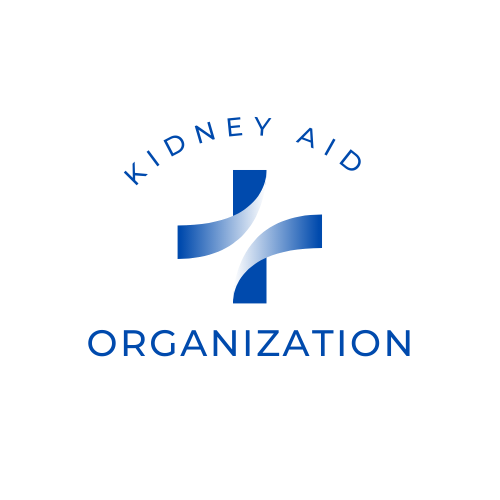Introduction
Kidney disease is a prevalent health concern affecting millions worldwide. For those with compromised kidney function, managing potassium intake becomes a critical aspect of maintaining overall health. In this article, we'll delve into the intricacies of high potassium foods and why individuals with kidney disease should be cautious about their consumption.
The Role of Potassium in the Body
Potassium is an essential mineral that plays a vital role in various bodily functions. It helps regulate fluid balance, muscle contractions, and nerve impulses. However, for individuals with kidney disease, impaired kidneys struggle to excrete excess potassium, leading to a buildup in the bloodstream.
The Balancing Act: Too Much Potassium and Kidney Disease
Understanding Potassium Imbalance
In individuals with kidney disease, the kidneys' ability to filter and eliminate excess potassium diminishes. This can result in hyperkalemia, a condition marked by elevated levels of potassium in the blood. Hyperkalemia can lead to severe complications, including irregular heartbeats and muscle weakness.
Risk Factors and Progression
Research indicates that individuals with advanced stages of kidney disease are at a higher risk of developing hyperkalemia. Regular monitoring of potassium levels is crucial, and dietary adjustments are often recommended to prevent complications.
Identifying High Potassium Foods
Common Culprits in Your Kitchen
- Bananas and Oranges: While these fruits are rich in essential nutrients, they are also high in potassium. Moderation is key, and portion control becomes vital for individuals with kidney disease.
- Leafy Greens: Spinach, kale, and other leafy greens are nutritional powerhouses, but they are also potassium-rich. Cooking them can help reduce potassium content.
- Tomatoes and Tomato Products: Tomatoes are ubiquitous in our diets, but they can be problematic for those with kidney disease due to their potassium content. This includes tomato sauces and pastes commonly used in cooking.
Hidden Potassium in Processed Foods
- Packaged Snacks: Many processed snacks contain potassium-based additives. Reading labels is crucial, as seemingly harmless snacks may contribute significantly to potassium intake.
- Salt Substitutes: Some salt substitutes use potassium chloride instead of sodium chloride. These substitutes can be deceiving and should be used cautiously by individuals with kidney disease.
Practical Tips for Managing Potassium Intake
Strategic Meal Planning
- Portion Control: Enjoying high potassium foods in smaller portions can help manage potassium intake without completely eliminating them from the diet.
- Cooking Techniques: Certain cooking methods, like leaching and soaking, can be effective in reducing potassium levels in vegetables.
Consulting with a Dietitian
Working with a registered dietitian is invaluable for individuals with kidney disease. A dietitian can create a personalized nutrition plan, considering individual health, preferences, and cultural considerations.
Testimonials and Real-life Experiences
Navigating the Challenges
Karen, 54, diagnosed with kidney disease five years ago, shares her experience: "I never realized how much my diet impacted my health until my kidneys started struggling. Working with a dietitian made a world of difference. Small changes in what I eat have significantly improved my potassium levels."
Conclusion
In conclusion, managing potassium intake is a crucial aspect of caring for individuals with kidney disease. Awareness of high potassium foods, strategic meal planning, and consultation with healthcare professionals can empower individuals to maintain a balanced and kidney-friendly diet. By taking proactive steps, individuals can improve their quality of life and reduce the risks associated with elevated potassium levels.

